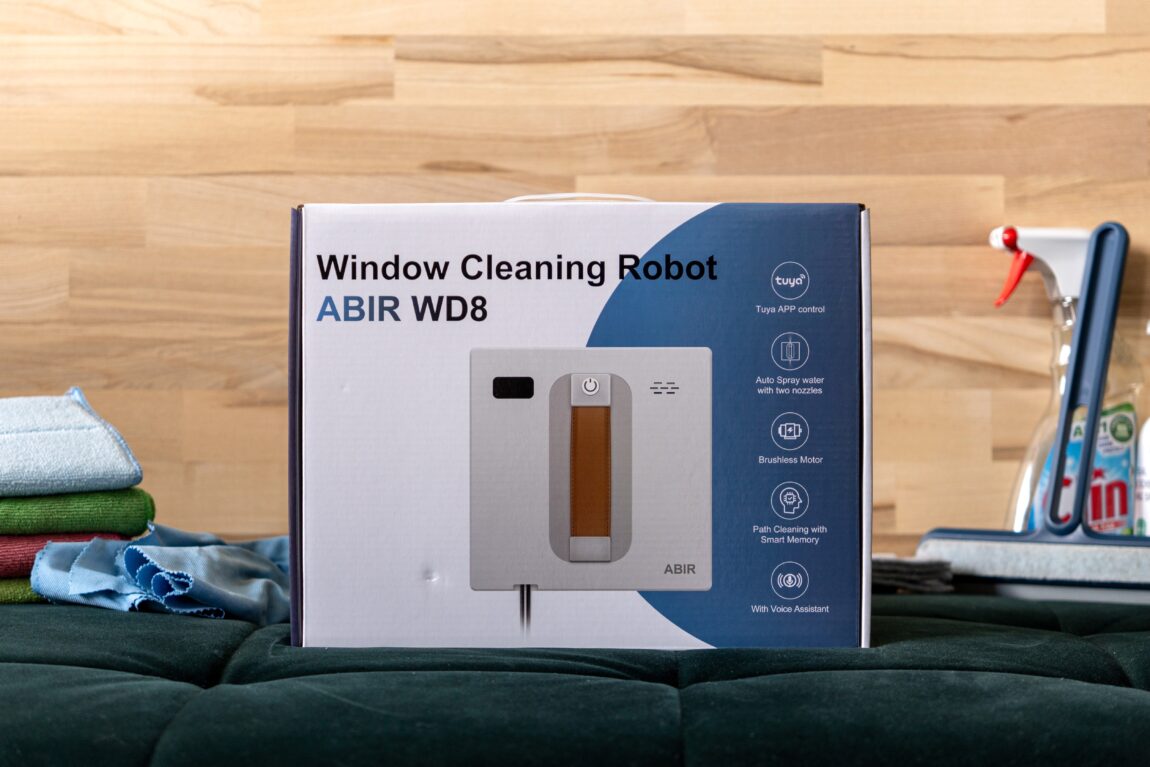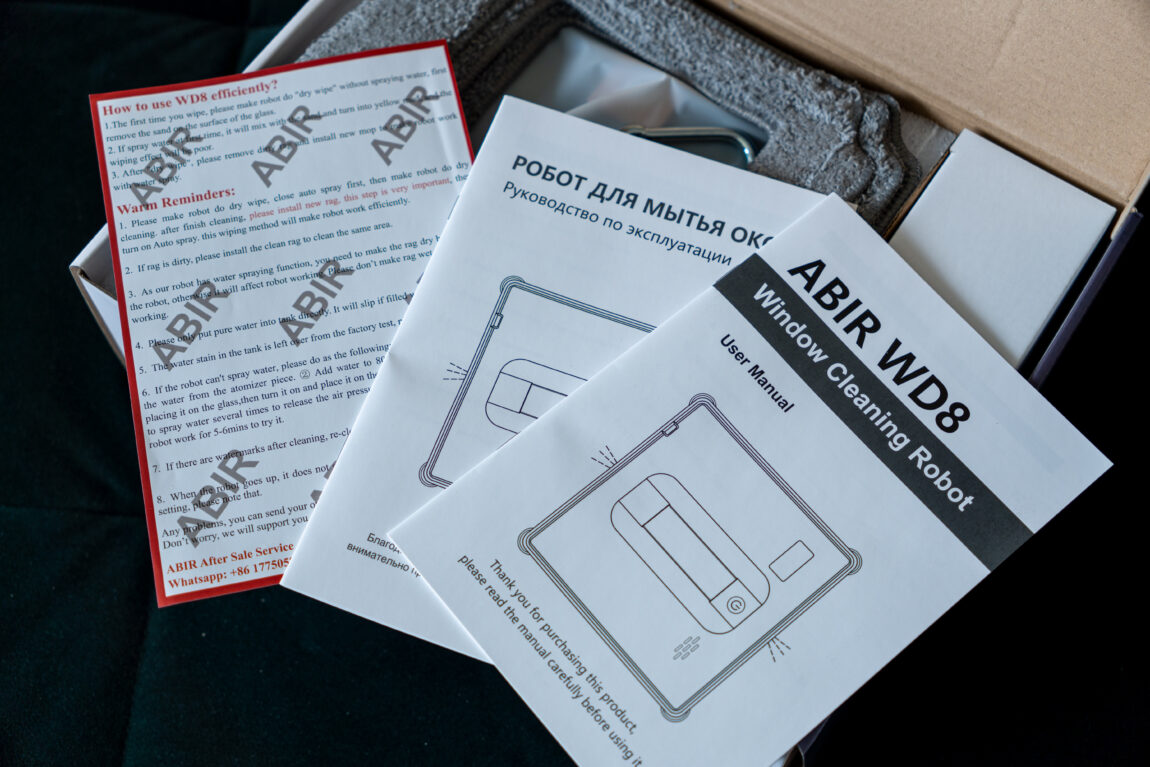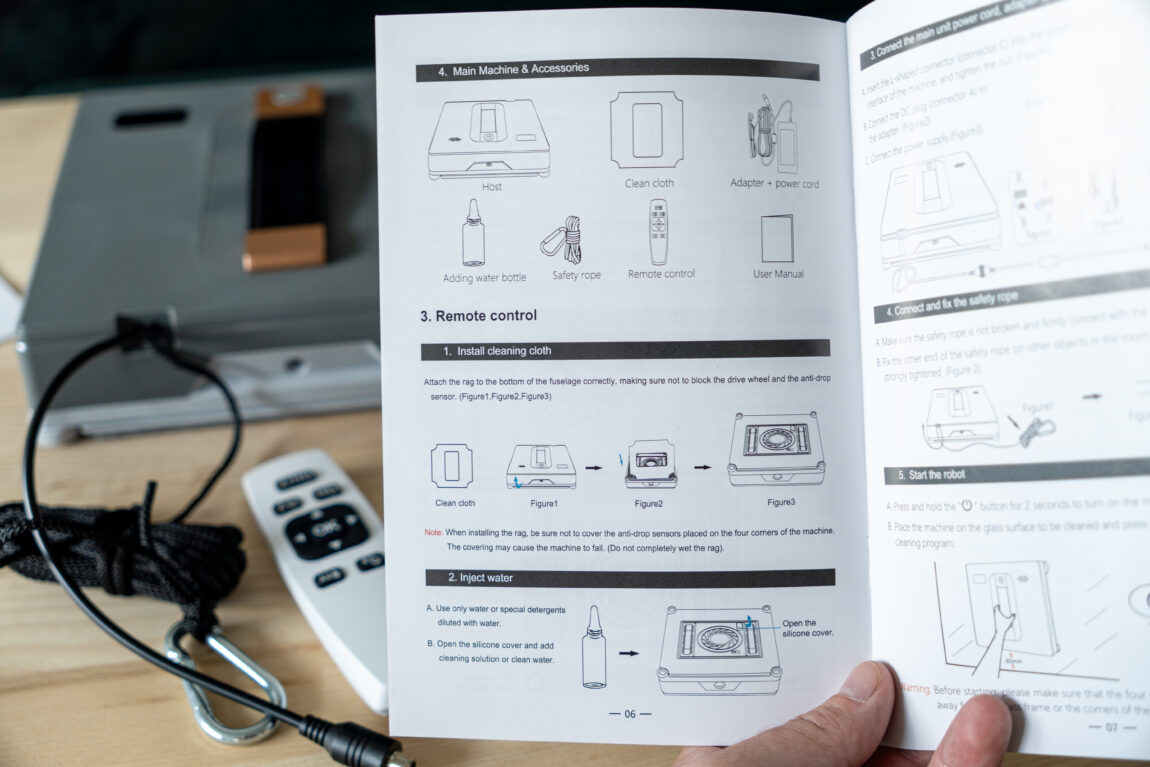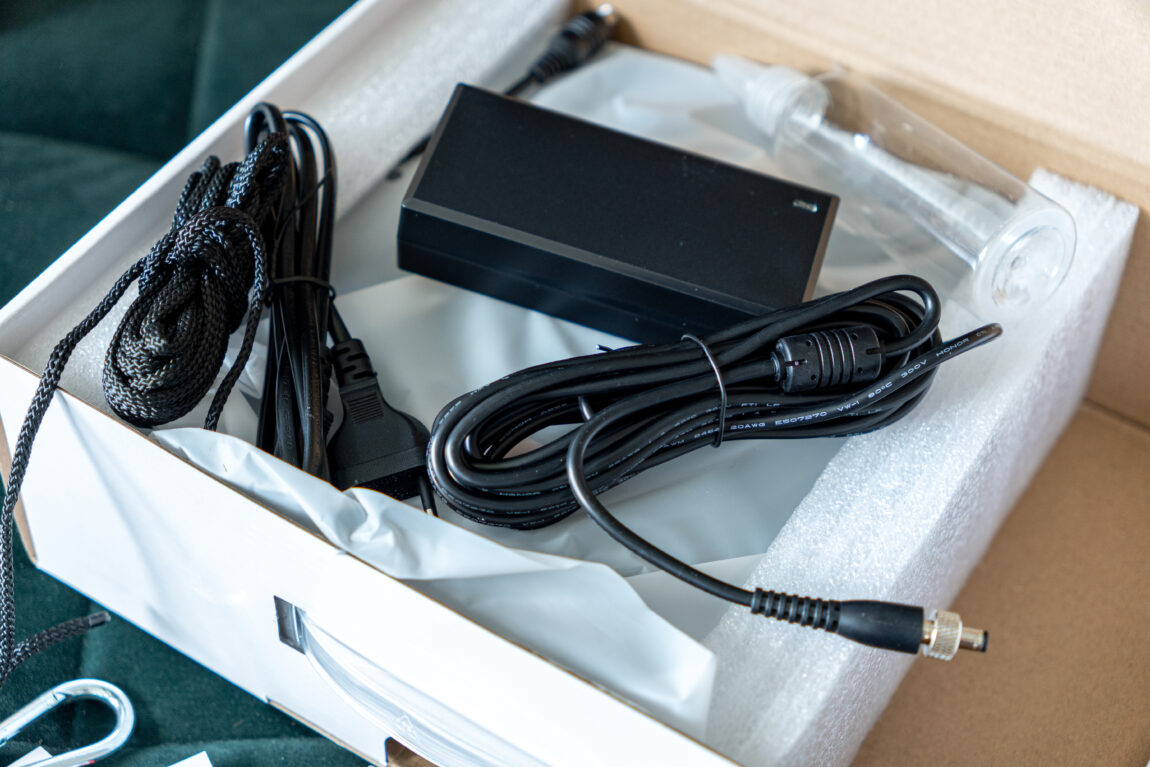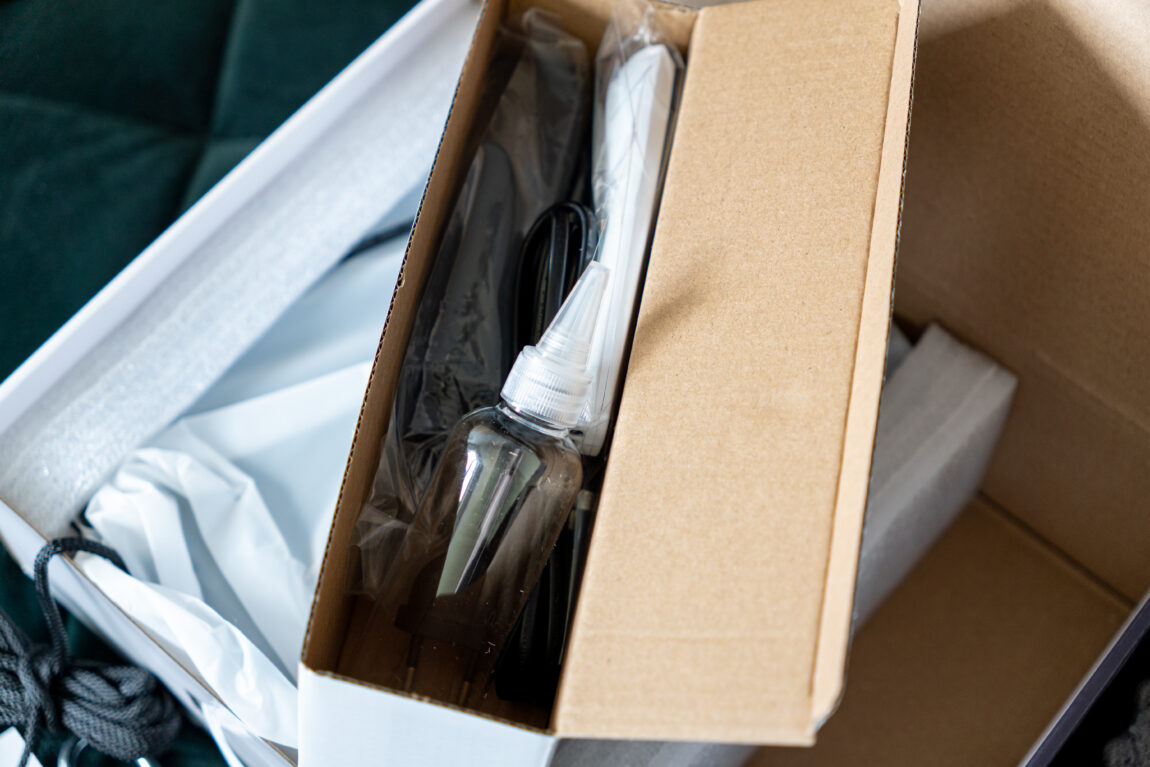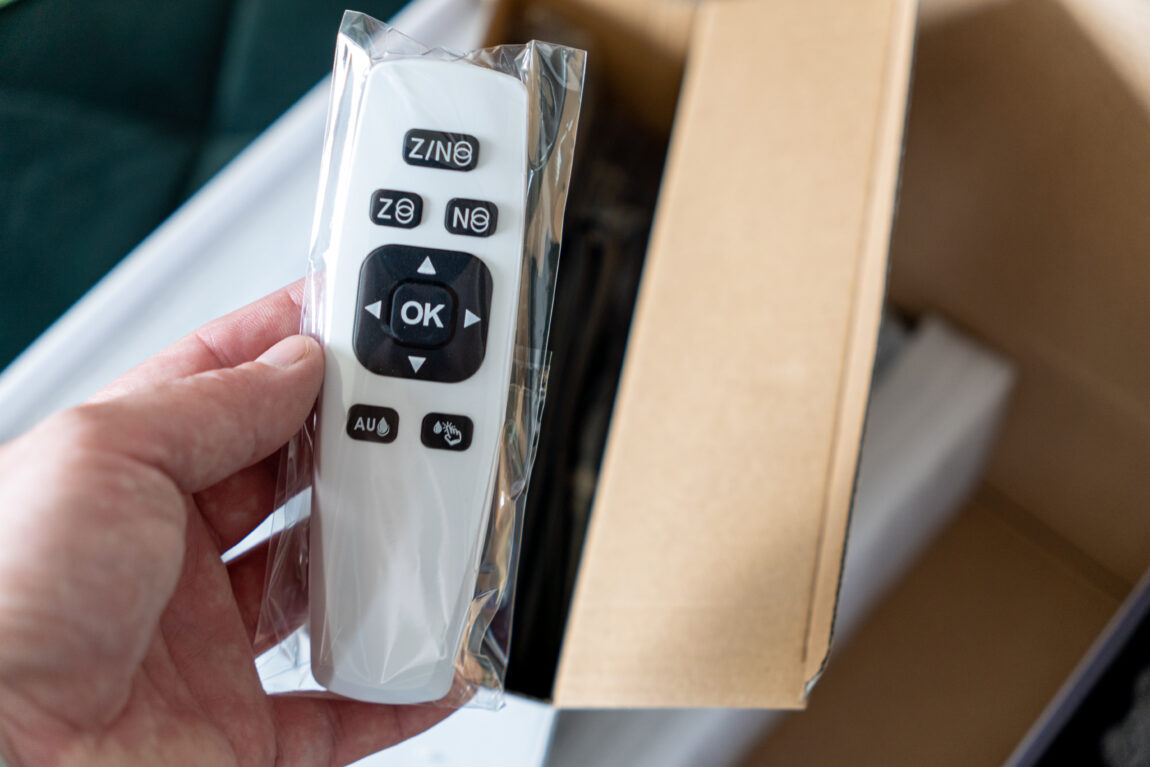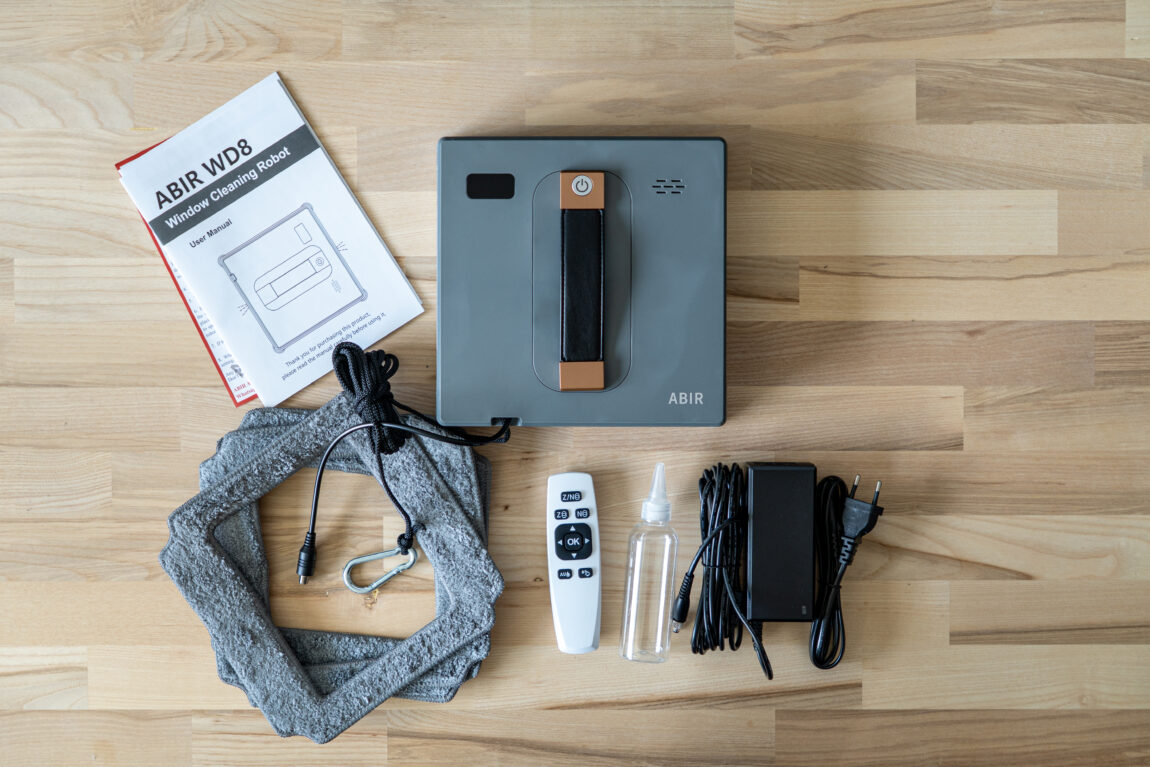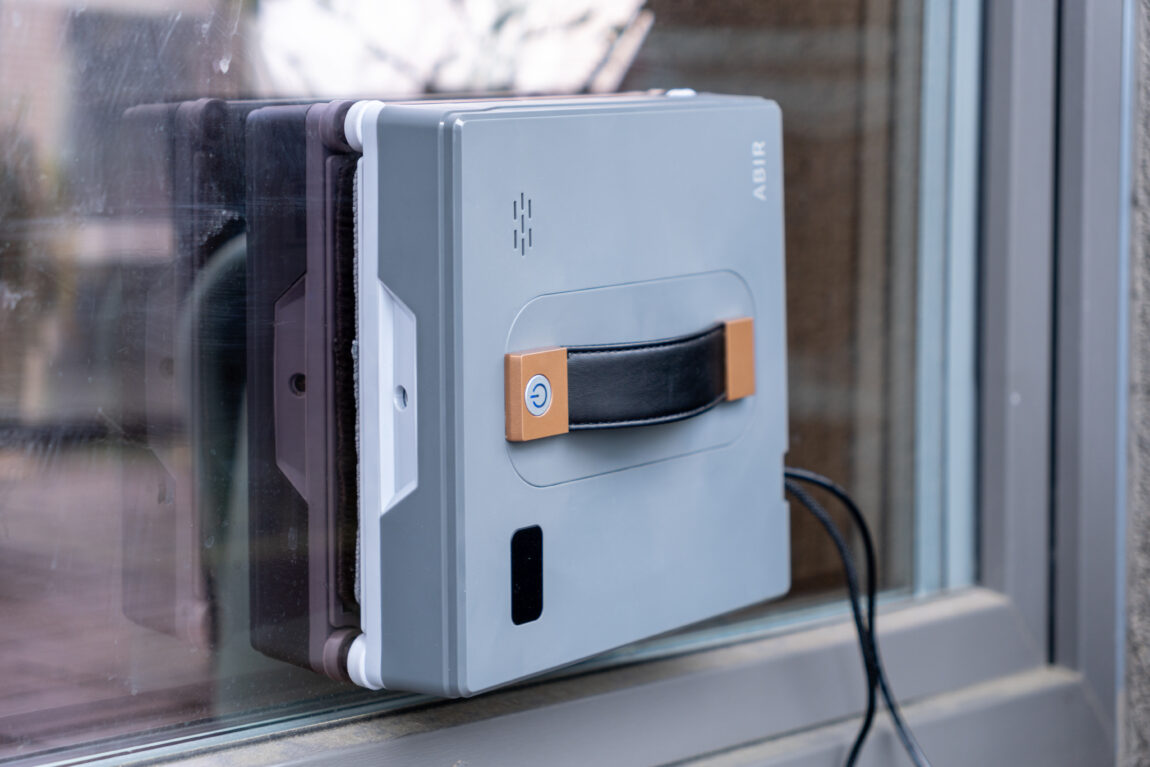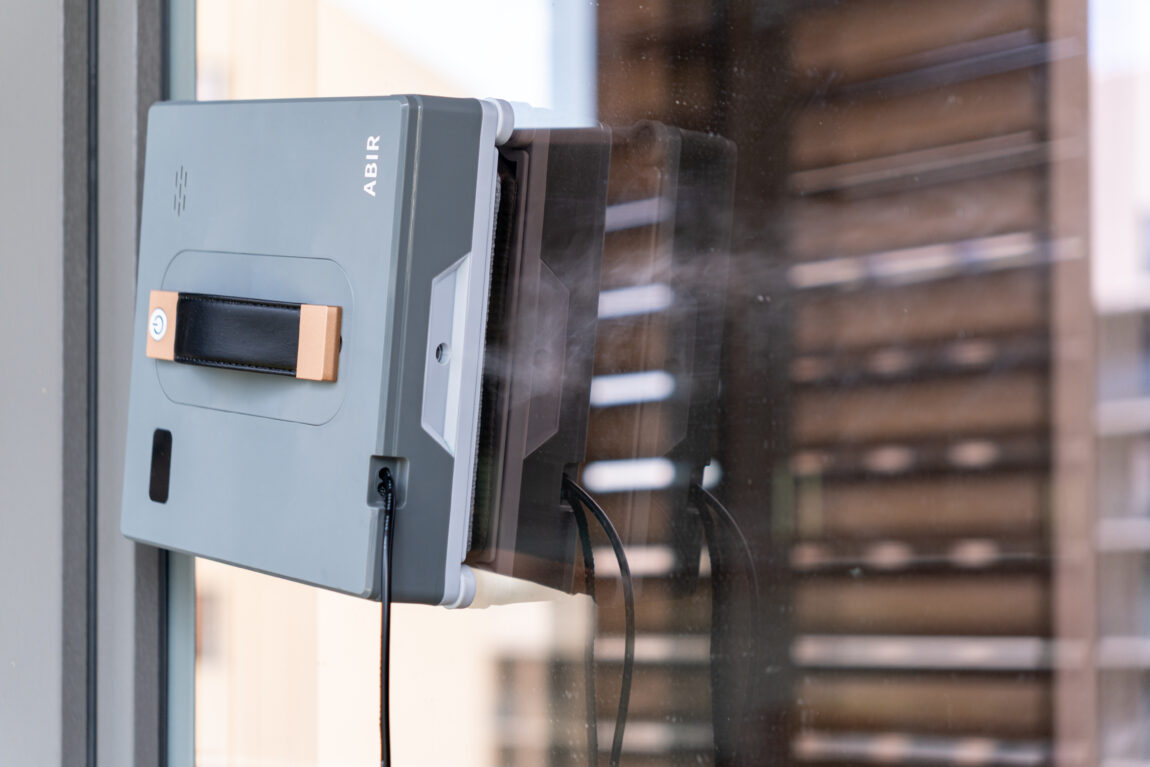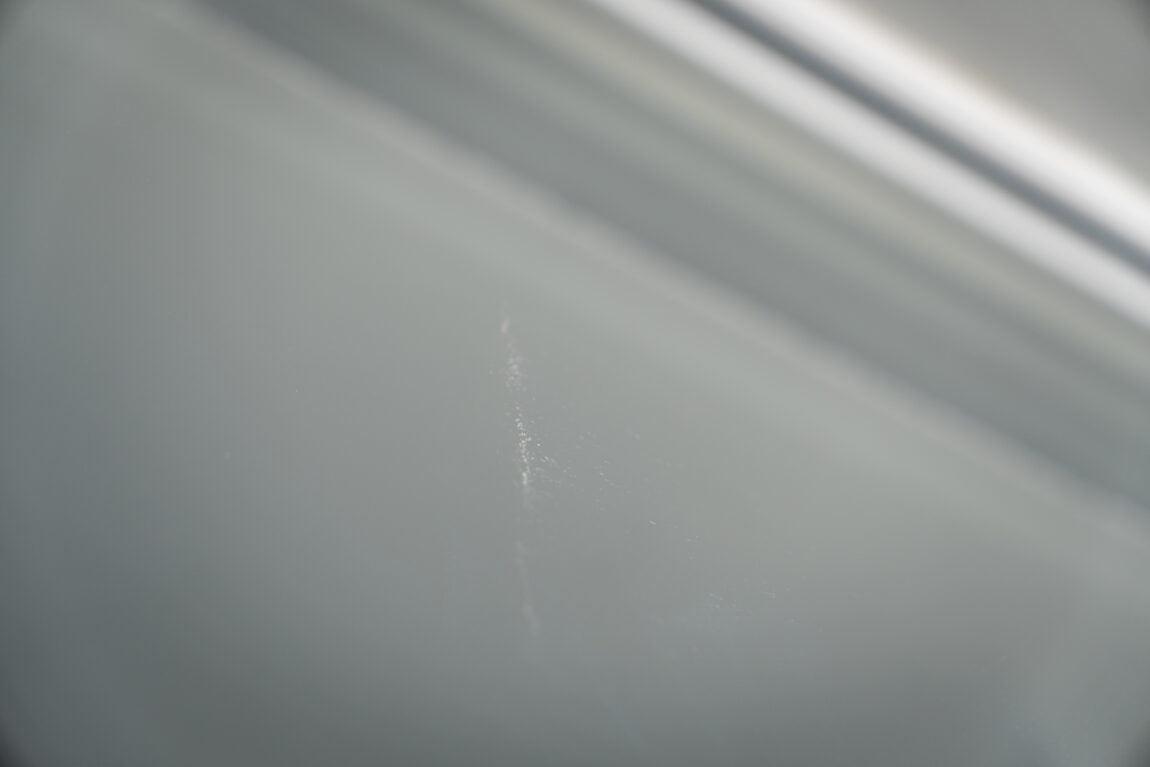I used to think that robot vacuums were unnecessary at home, but after the Narwal review, my opinion changed dramatically. Today I will try to change it again and try out another house cleaning assistant, and this time it is the ABIR WD8 window cleaning robot. A robot that does not require much money would definitely help in hard-to-reach places, but would it be able to clean even stubborn dirt? I will share more about this and more in this review.
ABIR WD8
Assessment:
What did we like?
What didn't we like?
Unboxing
The modestly packaged window cleaning robot comes with all the necessary accessories. In addition to the WD8, the box includes a user manual, a control panel (without batteries), 3 replaceable cloths, a water dispenser, a separate power cord, and a safety rope (with a carabiner in case the robot accidentally falls).

The design of the robot itself was a pleasant surprise. It doesn't look cheap, and the handle/strap attachment points provide a nice contrast, incorporating an on/off button. The plastic surrounding the body is hard, and the handle is leather (more like a leatherette). There is a silicone-covered opening at the bottom for adding water, and openings at the front and back for spraying water.
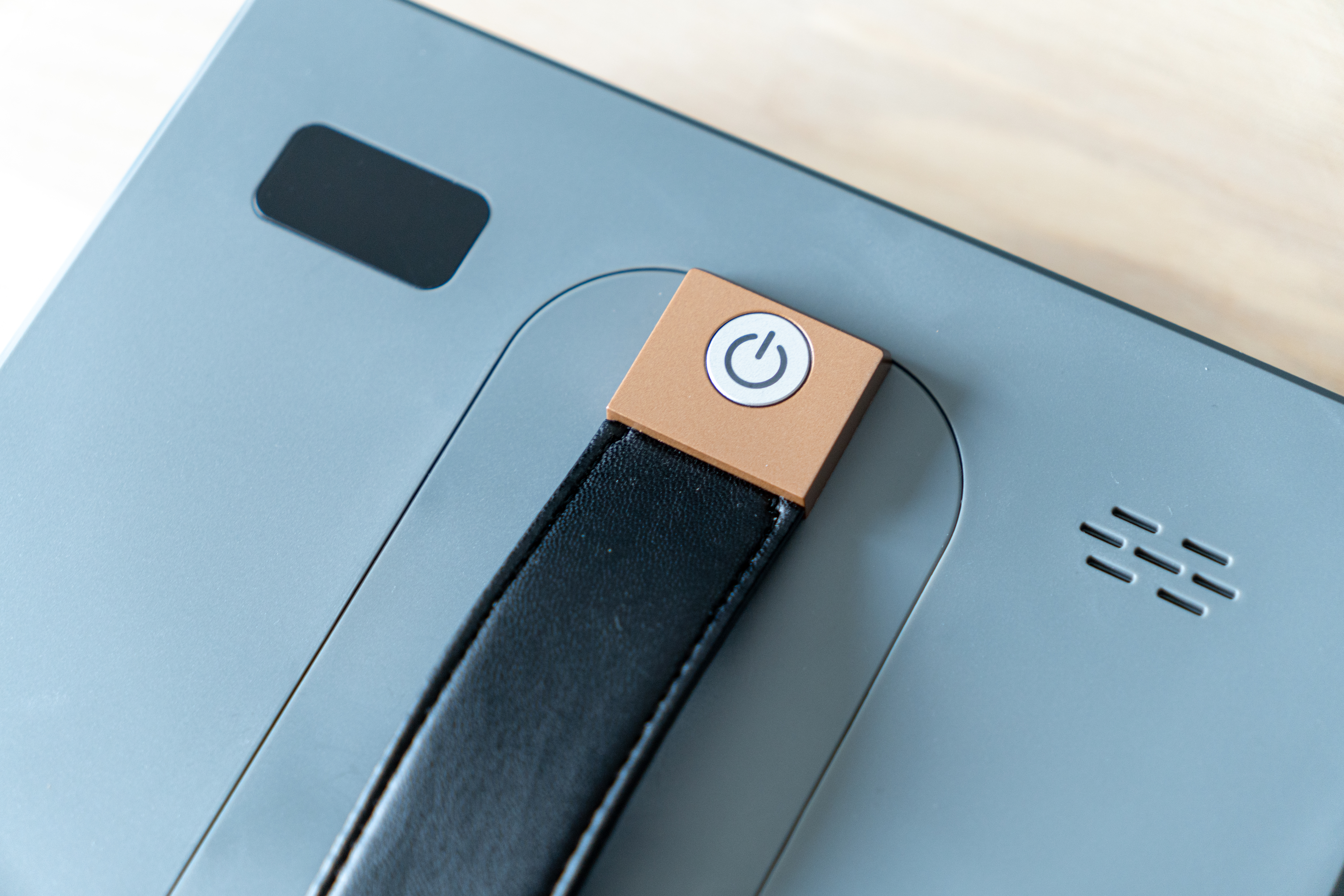
Start of cleaning
Once you have used ABIR WD8 at least once, there will be no more questions. Fully automatic cleaning requires neither a remote control nor an app. When the robot is turned on, it starts vacuuming and you need to hold it close to the window. Only when the four push-in sensors located in each corner are pressed against the glass can cleaning begin. To do this, you just need to briefly press the power button. After cleaning, this robot always returns to the same position where the work was started.
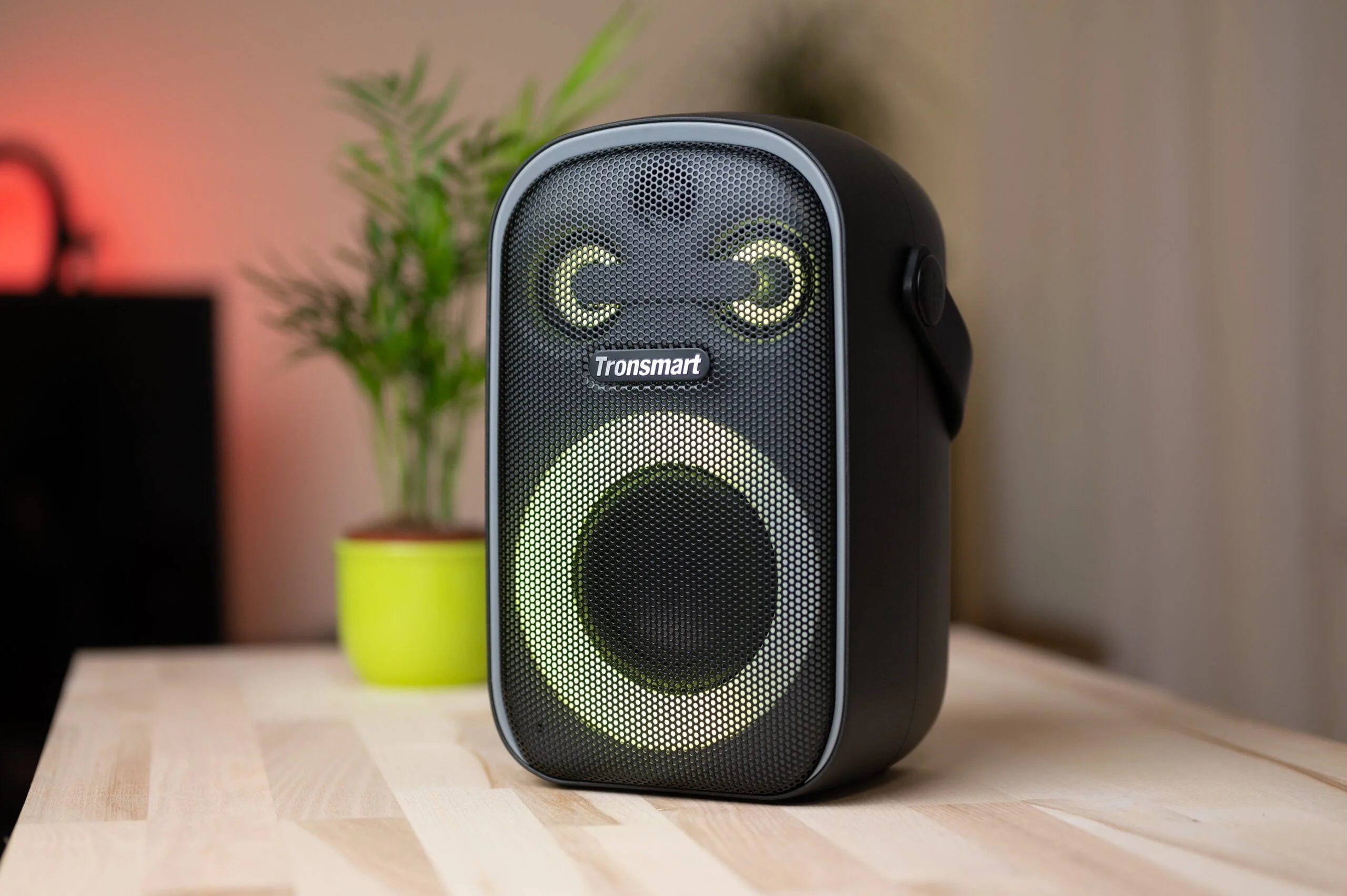
There are 3 cleaning functions based on direction - horizontal, vertical or both in one cleaning. Pressing the power button cleans in both directions. To select another function, you will have to use the remote control or the app.

Management
Controlling the WD8 with the remote is simple. The three top buttons adjust the direction, while the arrows in the middle allow you to manually control the robot. The buttons at the bottom select automatic water spraying or, by pressing the button on the right, spray while pressing.
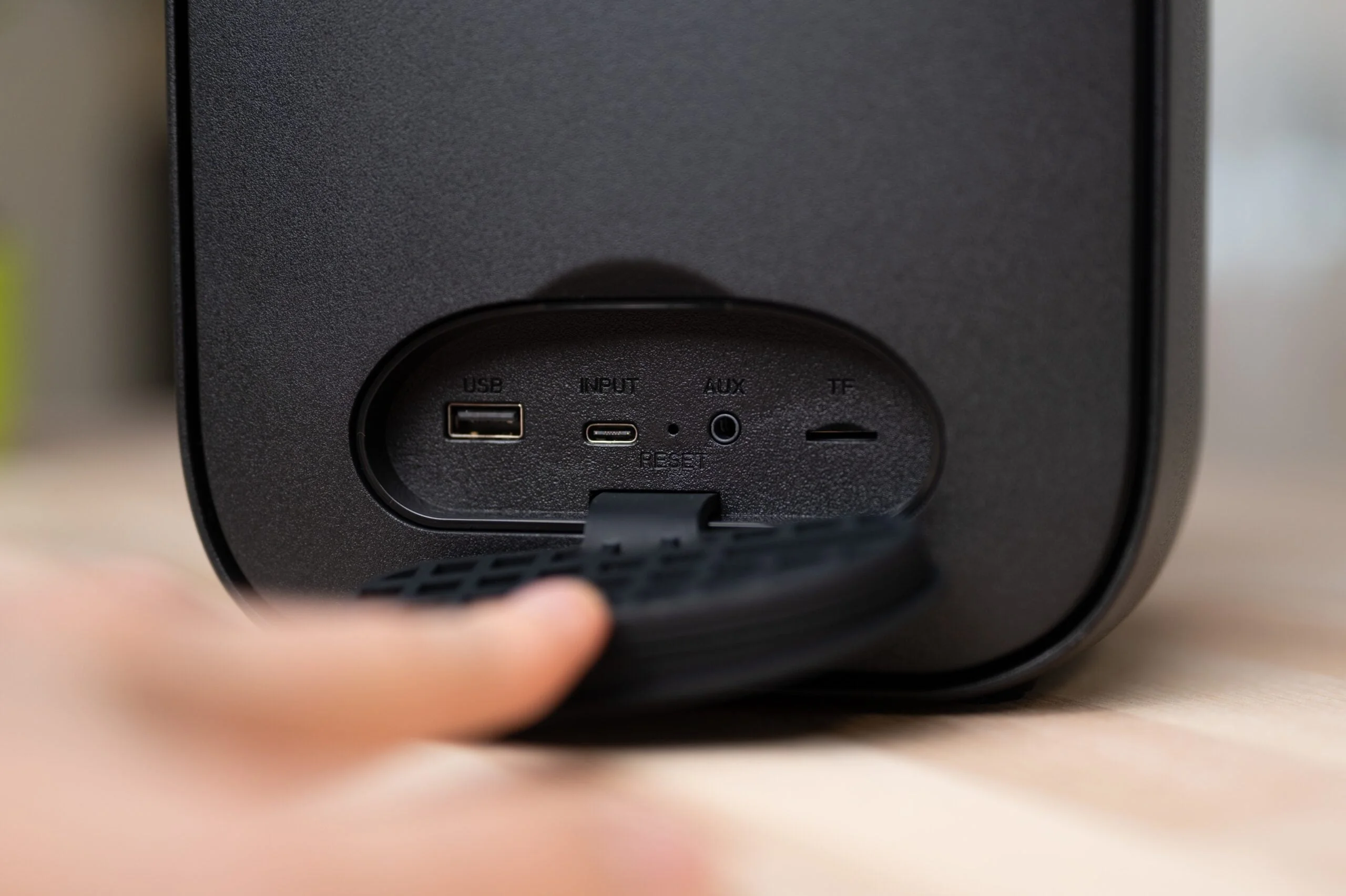
In addition to the remote control, you can also use the Tuya smart app. The connection is fast and works via Bluetooth, and after the first connection, everything happens automatically the second time. The functions here are exactly the same as on the remote control - directional control, manual control and water spraying.

Cleaning quality
And now about the quality of window cleaning. It is recommended to clean windows at least twice a year, and depending on the environment, their level of contamination will also vary. During the tests, I cleaned various windows, both those cleaned last year and those recently cleaned but already dirty.

Window cleaning robots usually don't recommend using window cleaning fluid, but the ABIR user manual mentions a "special" fluid. Since its composition is not mentioned, I took a risk and tested it with window cleaning fluid. So, I used both it and plain water in my tests.

The cleaning of recently cleaned and cleaner windows is of sufficient quality. With one cloth, 1 or 2 cycles in all directions are enough to obtain a satisfactory result. When filling the WD8 container with water or window cleaner, there are no streaks left after cleaning and the cleaning result is the same.

Edge cleaning, which is a problem for most window cleaning robots, is mutual here. In places it cleans right up to the edge, but there are also a few areas that are missed during cleaning. When cleaning edges, the WD8 constantly turns (curves), thus reaching more of the edge. The most noticeable are the missed corners that the robot cannot reach, thus leaving a few centimeters of area that is not cleaned.

It's a different story with extremely dirty and previously cleaned windows. The latter became an insurmountable challenge for ABIR WD8. When cleaning with the same cloth in all directions and repeating the process three times, the result does not change and the stubborn dirt remains. If I had to evaluate it in percentages, I would say that 50% of the window was cleaned - you can see that it was cleaned, but not completely. I also noticed cleaning streaks that appear from a cloth that got dirty faster. When I changed the cloth and cleaned the same window, only the streaks disappear, while the stubborn dirt remains.

One of the more interesting tests is mirror cleaning. There are no frames here, and when the robot goes beyond the edges with two sensors, it turns around and goes in the other direction. So, with this window cleaning robot, you can also clean mirrors. Not for its intended purpose, but maybe ABIR WD8 would clean tile floors too? When turned on, the robot rotated around its axis, so this experiment failed.
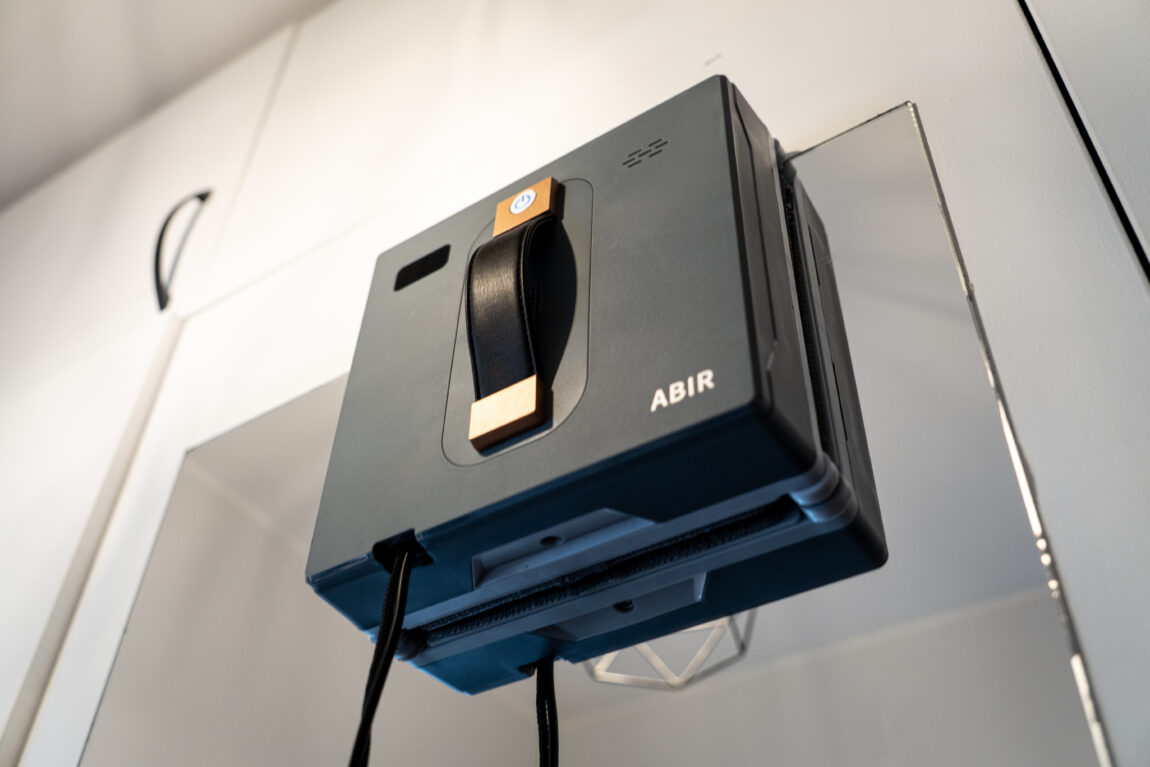

What we didn't like?
Despite the quality of cleaning extremely dirty windows, there are other things that are not to my liking. First of all, it is the connection of the power cord. The cord coming from the robot itself (up to a meter long) is connected to the power supply cord, and the connection points have somewhat sharper corners. If the window being cleaned has a window sill and the cord connection is lower, when rising up, this connection gets caught on the window sill and stops the robot from working.

The automatic water spray is a bit too weak and is used too infrequently, so the cloth barely gets wet during cleaning. The spray frequency is not adjustable and the spray is more like dew than larger drops. This is probably one of the reasons why one cleaning cycle is not always enough.

If the window has no frame and is connected to another window with a gap, ABIR WD8 will fall. During the tests, we had to clean balcony windows, between which there was a gap of about 1 cm. When the sensors did not detect the edge, the robot unhooked and fell. On the other hand, the safety rope really keeps the robot in place.

Verdict
In parallel with the ABIR WD8, I also tried another, much older robot, the Ecovacs 880. The latter does not have a spray function, and you have to moisten the cloths yourself. However, this one cleaned even stubborn dirt much better, and usually only needed one cycle to clean.
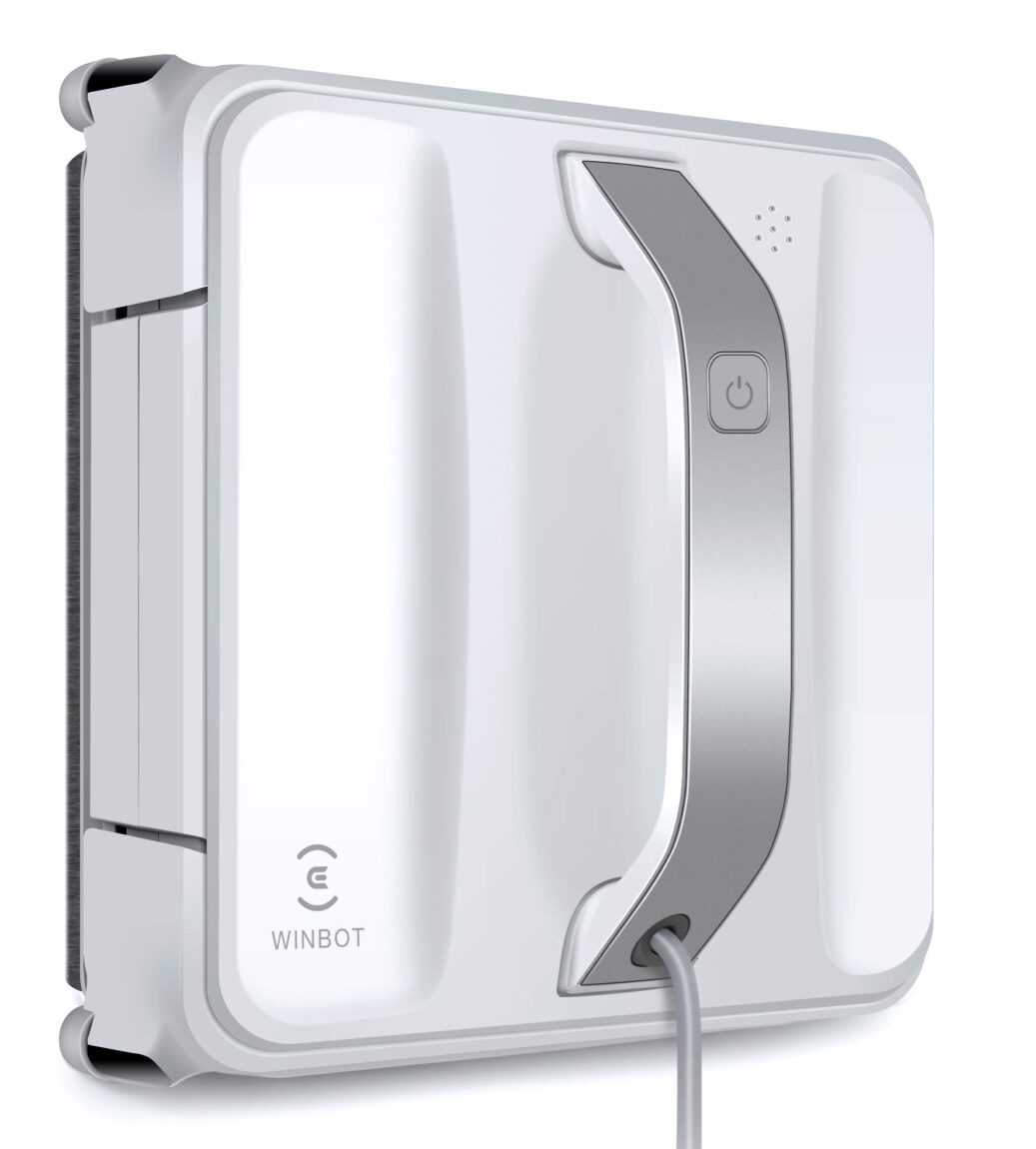
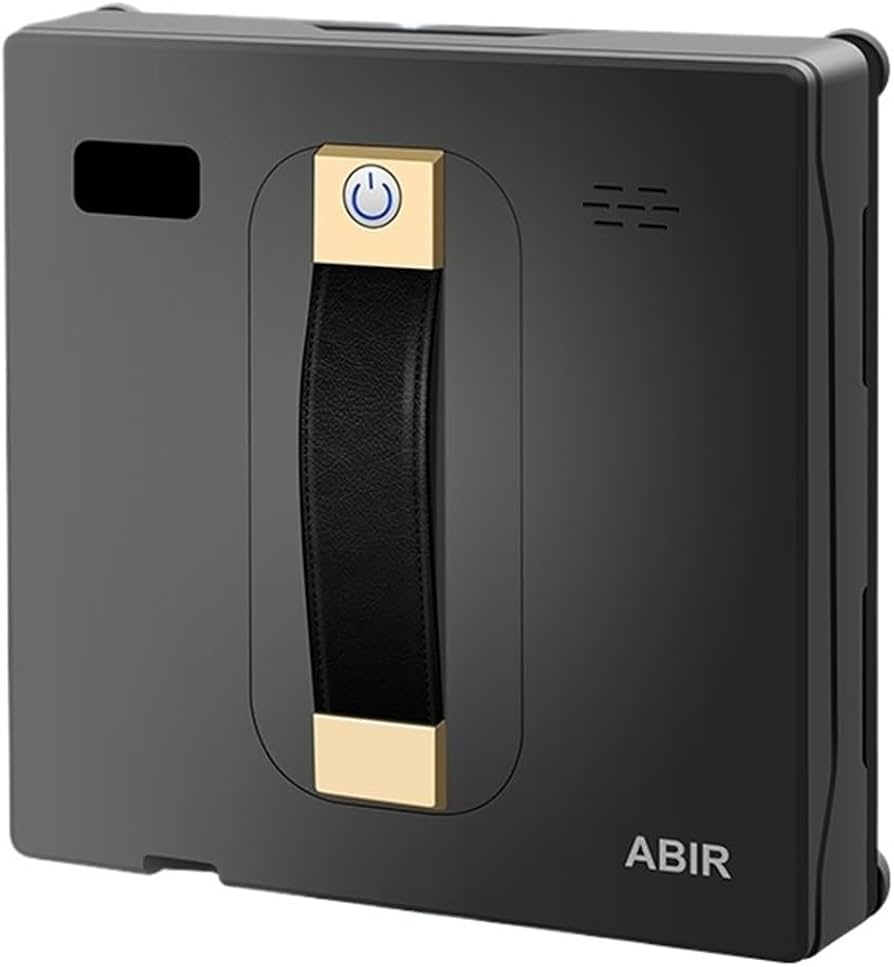
In conclusion, ABIR WD8 will definitely not remove stubborn dirt, and in my opinion it is more relevant for those who seek regular window maintenance. Considering the relatively low price, it could be a great choice and addition to your home cleaning equipment.



